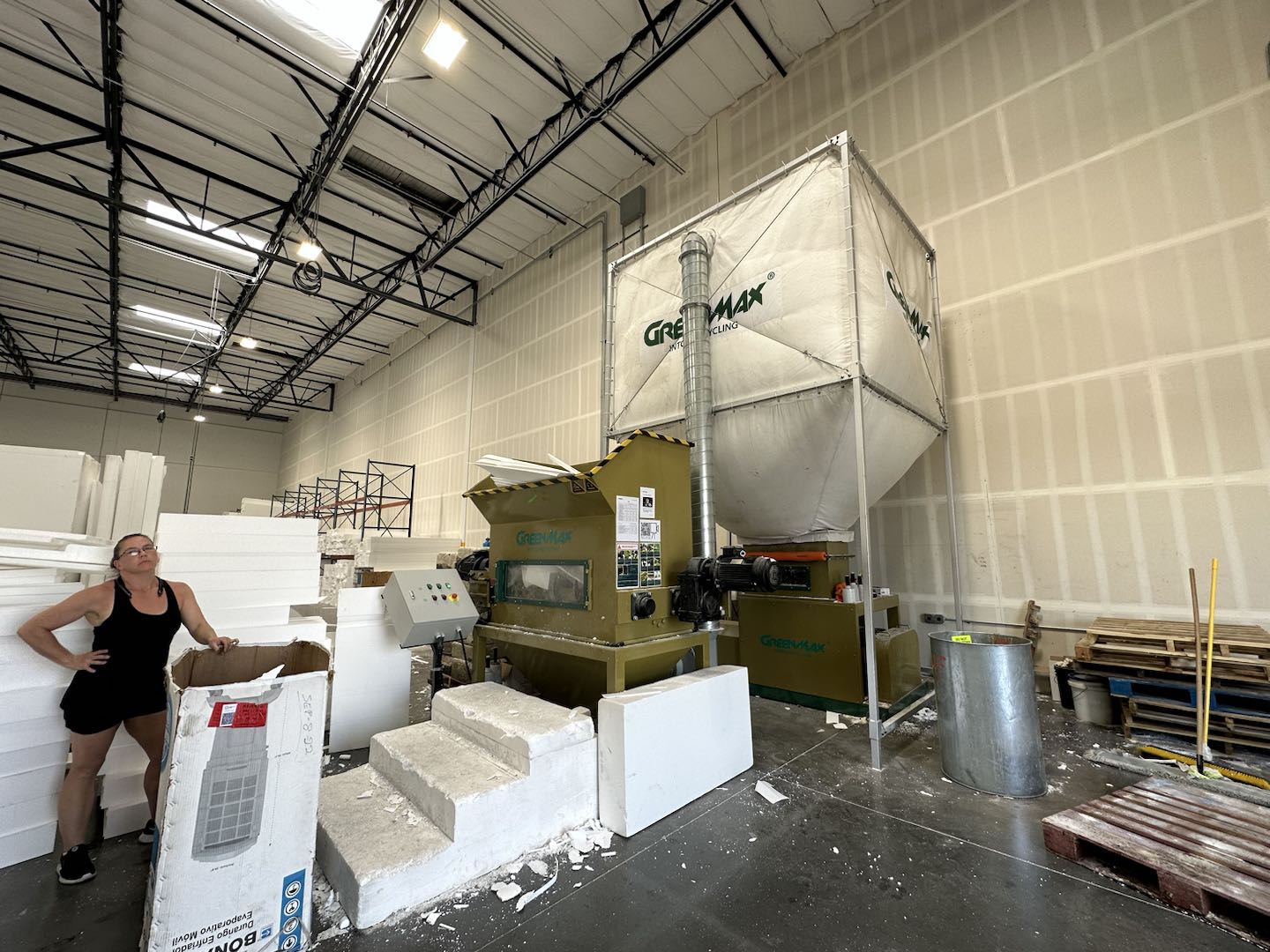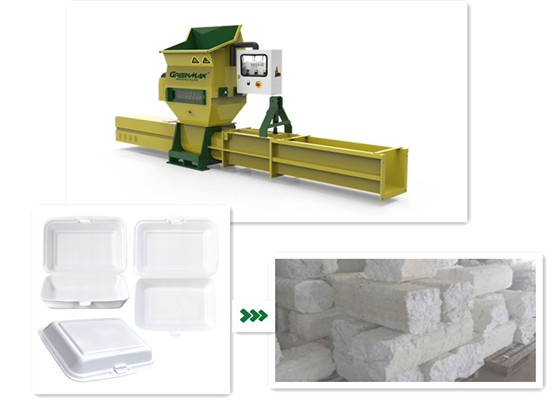Circular Economy: Transforming Waste EPS Foam into Picture Frames
What do you think of when it comes to discarded EPS Foam? Disgusting white pollutants? Useless waste that cannot be recycled? In fact, EPS waste is a treasure that is misplaced, and the true answer lies in the EPS recycling based on the circular economy.
A circular economy is an economic system aimed at eliminating waste and the continual use of resources. In a circular economy, materials that’d typically be thrown away can be reimagined and reinvented into something useful. This is how EPS foam waste gains its rebirth as decorative photo frames. For Australia, where currently the value of its natural resources lies only in the raw, unprocessed state, a circular economy is critical in ensuring future prosperity and economic security.
EPS foam is a type of plastic manufactured from non-renewable fossil fuels and synthetic chemicals, and is widely used as packaging material because of its excellent shockproof and heat insulation performance. In Australia, about 45,000 tonnes of EPS foam is created and consumed each year, but only about 40% (or 18000 tons per year) are recyclable after being in disposable containers or short-term packaging. The discarded EPS waste is a large amount of contaminants.

EPS recycling and reusing is an important part of Australia's circular economy development. First of all, the EPS foam waste will be collected from each household and placed in a special recycling center to avoid filling the roadside trash can quickly, and prevent the EPS foam with lightweight from being blown away and causing white pollution.
Secondly, the recycling center is usually equipped with professional EPS recycling equipment to process the collected waste foam, usually called EPS compactor or EPS melting machine. The EPS compactor is specialized in compressing waste EPS packaging boxes, EPS insulation boards, EPS food containers and cups, etc. into uniform blocks with a volume reduction ratio of 50:1.

Then, the EPS blocks compacted by the EPS Compactor will be pelletized and finally made into decorative photo frames, mirror frames, etc., and then sold on the shelves as commodities. From environmentally deteriorating white pollutants to exquisite picture frames, discarded EPS foams have been turned into treasures.
